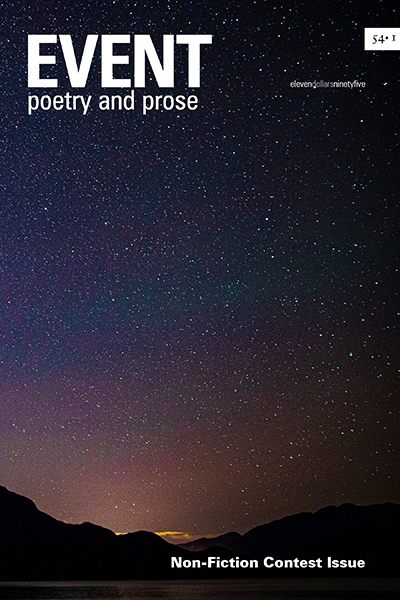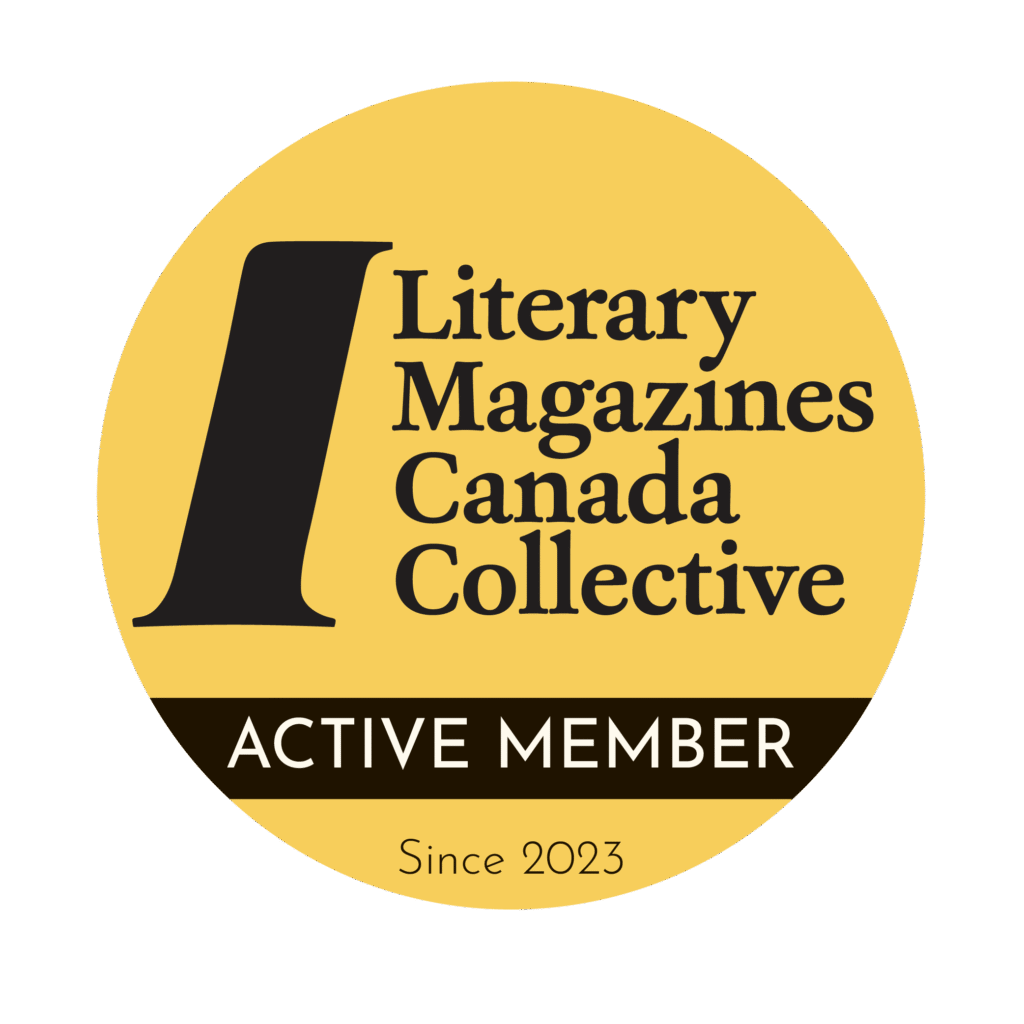Sanchari Sur Reviews Non-Fiction from Amanda Leduc and Desmond Cole for EVENT 49/2

Sanchari Sur Reviews:
Amanda Leduc, Disfigured, Coach House Books, 2020
Desmond Cole, The Skin We’re In, Doubleday Canada, 2020
Amanda Leduc’s Disfigured begins with ‘a problem’: Do disabled bodies get a happily-ever-after in fairy tales and, by extension, real life? She tackles this problem by locating it in the history and evolution of fairy tales, and in the history of her own disabled body. At the same time, she clarifies that her book is not located within academic scholarship on either fairy tales or disability theory. She uses her ‘own experience [as a disabled person] to explore fairy tales and their cultural impact in the world.’
Like most fairy tale characters, Leduc begins with an origin story: through excerpts from her childhood doctor’s notes on her disability, she mythologizes her ‘origin.’ These notes follow each chapter, serving as interruptions in the overarching narrative of the book that direct the reader’s attention to the writer’s lived reality. For Leduc, it is imperative that the reader not forget the space from which she writes as, according to her, the narrative of the book is inextricably bound up with the struggles of navigating an able-bodied world that prefers to erase, pity or vilify the disabled body. She asks, ‘[H]ow to wrestle with [the] difference between the able-bodied arc and the disabled one when disability is so entirely absent from…happy endings?’ Using multiple examples of representations of the disabled body, from sources such as Game of Thrones, Disney films, Angela Carter’s ‘The Bloody Chamber’ and well-known fairy tales, Leduc illustrates the ways in which the disabled body is depicted as ‘useless,’ evil or a hindrance to a happily-ever-after ending. For example, the ‘sweet young blind man’ in Carter’s story doesn’t get the hero-saviour role and ‘remains innocent and useless.’ Rather, it’s the protagonist’s able-bodied mother who saves her from her husband, the villain.
Leduc is concerned with the ramifications of growing up with these stories. How does a disabled child parse stories where they can only see themselves through these three tropes? Where and how does this child fit into the world that prefers conventionally good-looking abled bodies? By weaving in her own stories of being bullied in middle school and of relearning how to move about in what is all too often deemed an undesirable body since the age of 3, Leduc brings to the fore the importance of stories, particularly those told by storytellers who can challenge or subvert stereotypes.
Referring to Andrew Gurza’s essay in the Huffington Post, Leduc states that disabled people do not require pity, but rather want ‘empowerment’ like everyone else. Disabled people also find joy and intimacy in their disabilities, despite the common perceptions of able-bodied people. Stories, Leduc believes, have power, and it is therefore important that disabled people tell their own stories.
Desmond Cole’s The Skin We’re In interrogates the nature of freedom for Black people in Canada. Through careful and cogent connections spread out over the year 2017, Cole reveals the uneven nature of freedom within Canada, and how present-day acts of violence against Black people are the culmination of generations of discrimination and racism. For Cole, there is no #MeanwhileinCanada, as Canada itself is just as racist as the United States toward its Black people.
Cole breaks his book into months, with each month constituting a chapter. He begins in January 2017 with ‘negro frolicks (january)’ and ends in January 2018 with ‘abdoul & fatouma (january).’ With this structure, Cole navigates the multiple arenas of discrimination against Black people: police surveillance and harassment in the first chapter (and interwoven throughout); the erasure of the deaths of Black people in mainstream media in ‘direct action (april)’; reverse migration in ‘uncontrolled movement (september)’; and the harmful Cops and Kids program since 1991 in ‘community policing (november),’ to name a few. Cole is careful not to write within a vacuum. He employs an intersectional approach that connects the experiences of Black people in Canada with Pride celebrations in ‘honoured group (june)’ and explores the necessary alliance between Black and Indigenous people in ‘the unsettling (july)’ in the context of Canada 150. What emerges as a common theme from these chapters is this: the unwarranted power wielded by the Canadian state and its tools (media, police, etc.) on the lives of Black people, a power that functions as constant surveillance of—and by extension, violence on—the bodies of Black people. For Cole, this book, with its scope of only one year, serves as a minuscule part of the record-keeping that must attend to the immensity of anti-Black violence in Canada.
The dehumanization of Blackness has long been a project of the Canadian state, and with this book Cole points to the root cause of this constant dehumanization. He reaches into the rot within the Canadian legal, social, educational, political and economic systems to unveil the brokenness of these structures. For Cole, this book is a result of his personal negotiation as an activist and as a journalist. He states, ‘The false promise of objectivity in journalism reinforces white supremacy. My activism is my writing, and in the fight for Black life, I am by necessity an actor and critic at the same time.’ The Skin We’re In is an amalgamation of his activism and writing. Apart from showing up at council meetings, vigils and marches in person, Cole uses his writing as his primary activist tool through which he exposes the hegemony of white supremacy. For example, the pressures on racialized journalists in a predominantly white mainstream media landscape becomes evident in the revealing conversation between Cole, midway through his stint at the Toronto Star, and John Honderich, the chair of the TorStar board of directors and the acting publisher of the paper at the time. After 18 months of being told directly and indirectly to ‘write less about race,’ Cole quits the paper and then makes his reasons public on his blog. In this way, Cole courageously names the ‘passive-aggressive’ brand of racism that flourishes in Canada, so insidious for its ability to hide in plain sight.
As a Black man who was born in Canada and grew up in Oshawa, Cole has been aware of his Blackness even before he could name it. Drawing parallels between his own experience of growing up Black and that of other visible (and invisible) Black men like him, Cole points to how Blackness is coded through the eyes of the state. He names the men who are still fighting, men long gone and men whose families have yet to receive justice: John Samuels, Abdirahman Abdi, Dafonte Miller and Andrew Loku, among many others. Even in the span of a single year, Cole shows the ways in which the constant struggle for freedom is a lived reality for Black people. How do you exist as a Black person when your existence is under constant attack? Through each documented instance of injustice and violence against Black people, Cole asks this question repeatedly. Cole necessitates his need to name these men, to reveal them as they are: ordinary men (and boys) living their lives before the (white) state caught up with them. Cole doesn’t leave Black girls or women out either, naming, for instance, the six-year-old ‘shackled by two police officers inside a public school in Mississauga’; D!ONNE Renée assaulted by a police officer in front of the media; and the many asylum seekers and immigrants in ‘women of exceptional merit (october).’
In the shortest chapter, titled ‘deep breath (may),’ Cole seeks beauty in the midst of his pain and frustration. He thanks his mother for teaching him ‘to appreciate beauty, to make a little time for it.’ He chronicles a day trip with a friend to the Royal Botanical Gardens in Burlington, a pleasant experience that is briefly tarnished by ‘a yellow sign fixed to a metal post: THIS AREA PATROLLED BY POLICE.’ Still, Cole is ‘grateful for water, for the sun to dry [his] feet…for loving friendship, for life.’ And even though this moment of beauty is brief, like the brevity of the chapter, Cole uses these instances of joy to fuel his constant fight, a fight that continues beyond the pages of this book.
—Sanchari Sur













